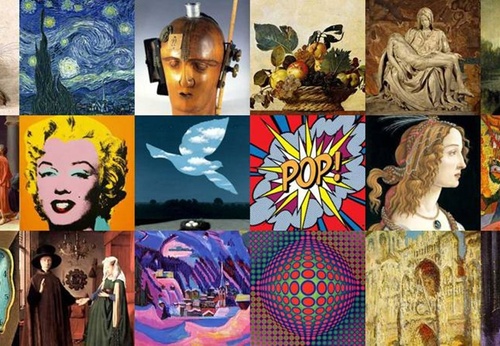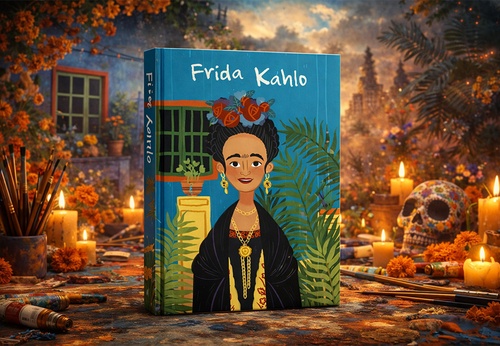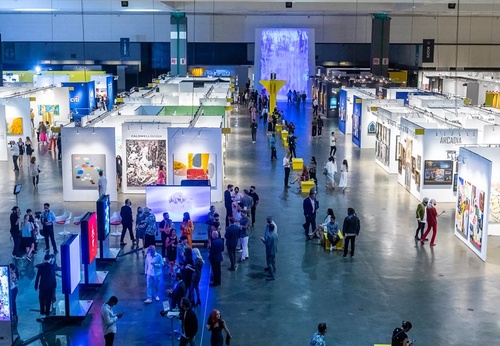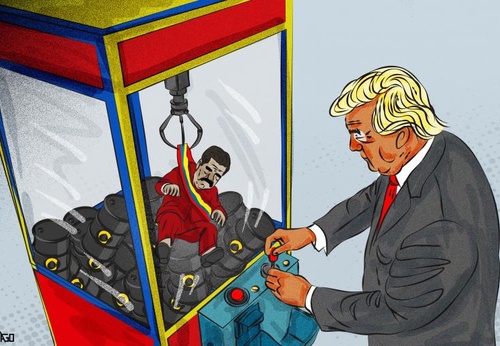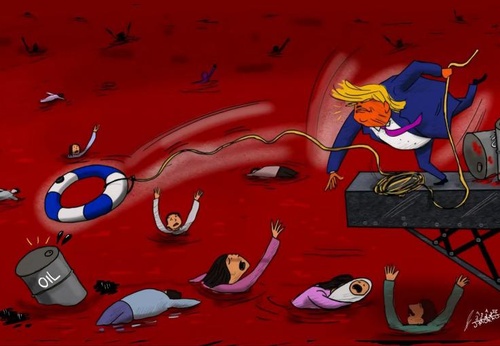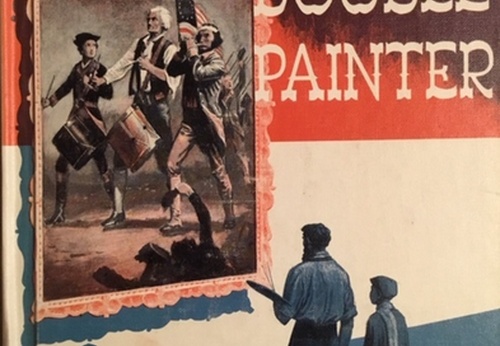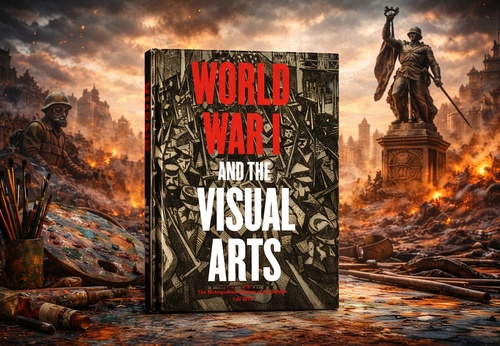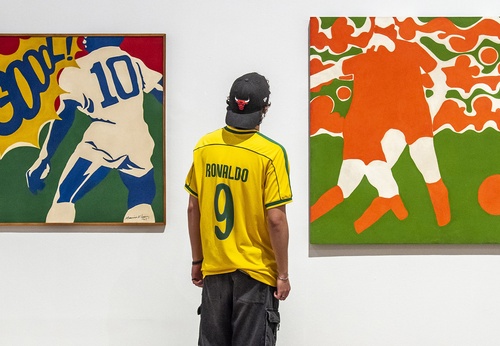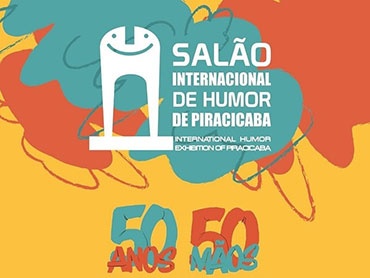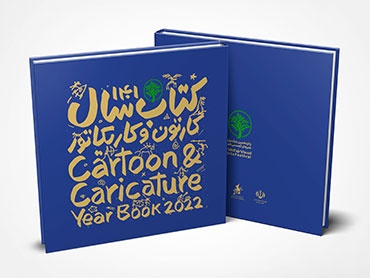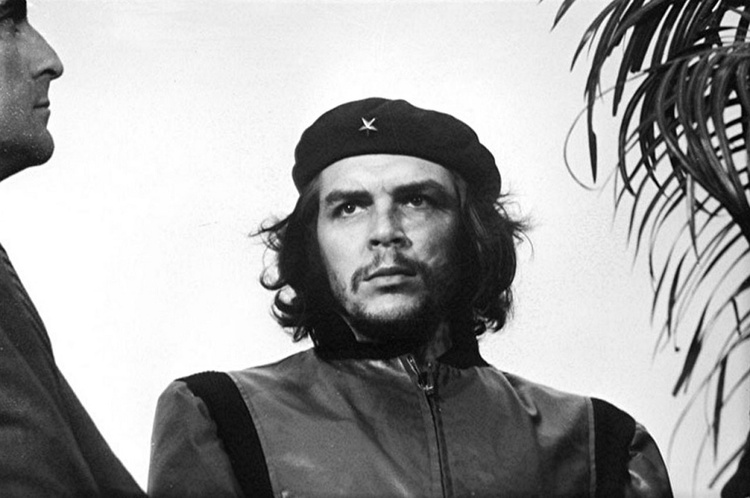
The Best Documentary Photographers of All Time
Since its inception, photography has been fundamental in capturing events and characters that, over time, have become part of humanity's collective imagination. Documentary photography is the art of leaving a visual record of stories, both large and small, with a heightened aesthetic sense.
The documentary photographer is not only a visual artist, but also an invisible witness, biographer, and interpreter of the reality that surrounds them.
To delve deeper into the art of documentary photography, it is essential to know the best documentary photographers of all time. Below, we will briefly explore the lives and work of some of the great masters of documentary photography.
Sebastião Salgado (1944)

@Sebastiao Salgado.
This legendary Brazilian documentary photographer masterfully captured profound and terrifying themes, such as poverty, social injustice, and the devastation of the planet's natural beauty, with his camera. His black-and-white photographs have been printed in hundreds of publications and have traveled the world to various galleries and museums. His work is highly valued not only for its beauty but also for its impact and impact. Salgado studied economics but decided to dedicate himself to photography in his late 40s. Recently, he has been capturing nature in its purest form in the most remote places on Earth with his work "Genesis."
Eugene Smith (1918-1978)
@Eugene Smith. Tomoko Uemura's bathroom. Minamata, Japan. 1972.
This Kansas-born American is one of the fathers of the photo essay. His obsessive perfectionism led him to fight for copyright in publications and control the photo editing process. He became famous for his documentary photo essays (published as photo stories in Life magazine), such as Country Doctor (1948) and Spanish Village (1950), and for his work with the Magnum photo agency, such as A Man of Mercy (an essay on Albert Schweitzer), Pittsburgh, Haiti, and Minamata. The latter is perhaps one of his most moving essays, documenting for four years the inhabitants of a small fishing town in Japan, victims of industrial methylmercury pollution, one of the worst in human history. As a legacy of his important work, the Eugene Smith Foundation offers a fellowship for humanist photographers worldwide.
Graciela Iturbide (1942)

@Graciela Iturbide. Lord of the Birds.
"All photographers do documentary photography, but it all depends on each person's interpretation, whether there is more or less poetry or imagination." - Graciela Iturbide.
This Mexican photographer is one of the most important "anthropo-poet" visual documentalists of the 20th century. He apprenticed with Manuel Álvarez Bravo, another legendary Mexican photographer, and won numerous awards and scholarships throughout his career. His highly personal vision of reality can be considered more symbolic and poetic than anything else. His most iconic works include Frida's Bath, Death, Birds, Little Angels, and Sand People, among others.
Dorothea Lange (1895-1965)

Dorothea Lange in Texas, USA, circa 1935. Photo: Paul S. Taylor/Dorothea Lange Collection, California Museum of Oakland
This American photographer is one of the most influential of the 20th century. His best-known photographic work is his portraits of the poor, immigrants, and marginalized people in the United States during the Great Depression of 1929. When the crisis hit, he decided to abandon his photography studio and go out to document what was happening with profound humanism and sensitivity. One of her most striking series is "Migrant Mother," which portrays the faces of women who suffered the hardships of the time. She was also known as a popular photographer.
Rodrigo Abd (1978)

@Rodrigo E
Argentine photojournalist based in Peru, known for documenting sensitive social and political issues in Latin America and the world. He won the Pulitzer Prize in 2013 for his work on the Syrian civil war and has received other important awards for his work.
Elliott Erwitt (1928)

@Elliot Erwitt.
A Paris-born American photographer, he is one of the greatest photographers of all time. A member of the Magnum photographic society and a disciple of Robert Capa, he began photographing in the 1940s and traveled the world shooting photo reports and documentary photographs. His touch of fun, irony, and intelligence distinguishes him in all his photographs, in addition to his simplicity and genius. His motto is to capture the photograph effortlessly, like a gift that shouldn't be analyzed. And you can see this in Erwitt's photos. Each one better than the last, with a touch of humor. He has published hundreds of publications with his photographs, including his famous photo essay on dogs, a constant theme.
on his travels. The photographer discovered he had hundreds of photos of dogs during his travels and compiled them into a fun book of images of these adorable creatures. Each photo is more eloquent than the last. And this surprising and playful effect is what distinguishes the work of this prolific and important documentary photographer.
Robert Capa (1913 — 1954)

Capa @Robert. 1936.
"Death of a Militiaman" is one of the most iconic and controversial photographs in history and was taken by Robert Capa, one of the founders of Magnum Photos and perhaps the most important and emblematic war photographer of all time. He was a pioneer in the use of 35mm cameras during the Spanish Civil War and World War II. Robert Capa is the author of a large number of images that today constitute the visual memory of the 20th century. This risk-taking and committed photographer said that if the photo wasn't good, it was because you hadn't gotten close enough. Because of his drive, he died during a French army raid on a tour of Japan and Indonesia when he stepped on an anti-personnel mine. His famous blurry images of the Normandy landings inspired Spielberg to create the cinematography for Saving Private Ryan.
Walker Evans (1903 – 1975)
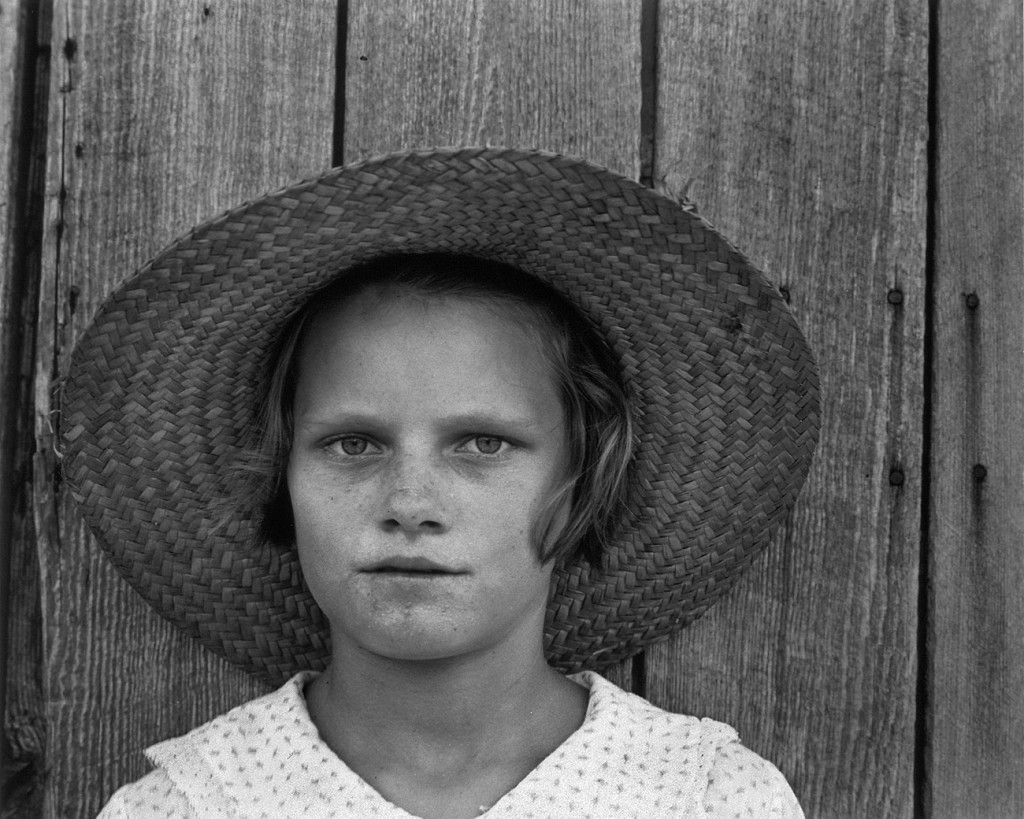
@Walker Evans.
This American photographer is known as the father of straightforward documentary photography. His work for the Farm Security Administration was crucial for the artist, as he had to document the lives of rural communities during the Great Depression of 1929. This photographic work is one of the photographer's most iconic, portraying the simple lives of humble people with dignity. He later wrote for Life and Fortune magazine and taught photography at Yale, where Robert Frank was a student.
Robert Frank (1924 – 2019)

@Robert Frank.
He was one of the most influential photographers of the 20th century and a disciple of Walker Evans. His best-known work is the essay "The Americans," a look at the daily lives of Americans at the time in more than 30 states, where he portrays not only the simplicity and American way of life, but also social and racial differences from a critical and somewhat anarchic perspective. His style set the tone and established a school of thought. He then dedicated himself to avant-garde and experimental cinema.
Henri Cartier-Bresson (1908-2004)

@Henri Cartier Bresson. Europe Square. Saint Lazarus. 1932.
Considered one of the most important photographers of the 20th century and creator of the concept of waiting for the "decisive moment," Cartier Bresson was one of the fathers of photojournalism and co-founder of Magnum Photos. For the photographer, there were three fundamental elements in the concept of the decisive moment: time, composition, and the subject. His lenses portrayed important figures such as Picasso, Matisse, Edith Piaf, Coco Chanel, and Fidel Castro, among many others. For Cartier Bresson, photography was “putting the head, the eyes, and the heart at the same center of attention.”
William Eggleston (1939)

@William Eggleston
Considered one of the pioneers of artistic color documentary photography, he documented life in the southern United States during the 1970s. A rebel in terms of form, Eggleston revolutionized the discourse of photography by transforming simple, everyday colors into something artistic. At that time, color photography was dedicated to advertising rather than the world of fine arts. His major exhibition at the MOMA in 1976 marked a milestone in documentary photography in North America and worldwide. For some, Eggleston's work had the ability to find beauty in the banal and change the way we see the world. His work was not interested in discussing politics or social issues; he broke all the stereotypes of the time and was an avant-garde artist who sought to evoke a story in every object, place, or scene, no matter how insignificant it seemed. Albert Korda (1928-2001)

@Alberto Coreia
Alberto Díaz Gutiérrez, better known as Alberto Korda, is a Cuban photographer best known for one of the most famous and reproduced photographs in the world, a portrait of Che Guevara watching the funeral procession of those killed in the terrorist attack on the La Coubre cruise ship on March 5, 1960. His work not only covered the rise of Fidel Castro and the early years of the Cuban Revolution, but Korda also took fashion photographs and pioneered underwater photography in his native country before retiring from politics in 1965. He died in Paris in 2001. A recent retrospective of his work was held in Malaga under the title “Korda: Beauty and Revolution,” exhibiting over 180 of his photographs.
Boris Mikhailov (1938)
@Boris Mikhailov
Ukrainian photographer Mikhailov portrayed the Soviet communist regime and its fall from a critical perspective. In his photographs, he depicts a naked and dispossessed society, in some cases heavily charged with sexuality. His vision attracted the attention of the West, where he currently resides, and he achieved significant international recognition for his work. Among his most iconic projects is a series of photographs of himself posing nude, ridiculing Nazism and the powerful classes. Also famous are his works "Salt Lake," which depicts people bathing in contaminated areas, "At Dusk," and "Case History," which depicts homeless people. His documentary photography is closer to conceptual than realistic.
In conclusion, it's important to mention that today there is a new generation of emerging documentary photographers who have made their mark with their work on stories both large and small. Worth mentioning is the winner of the 2020 Sony World Photography Awards, Uruguayan Pablo Albarenga, who placed the Amazon at the center of his work, highlighting the devastation and destruction of indigenous peoples, a topic that touches us deeply as Latin Americans.
Sony promoted the dissemination and support of documentary photography through the SWPA competition in its environmental, documentary, and daily life categories, providing a platform for photographers from around the world to showcase and discuss contemporary issues through photographic art.
Source

